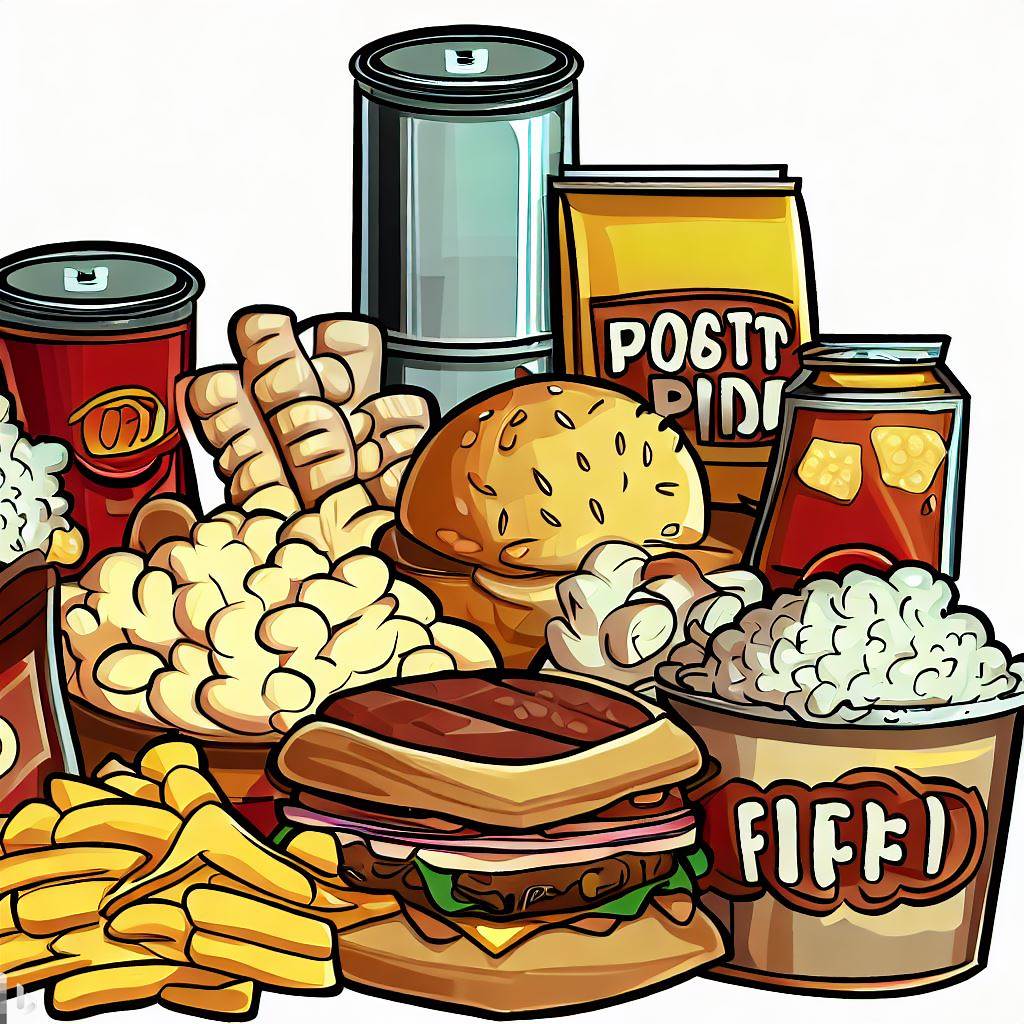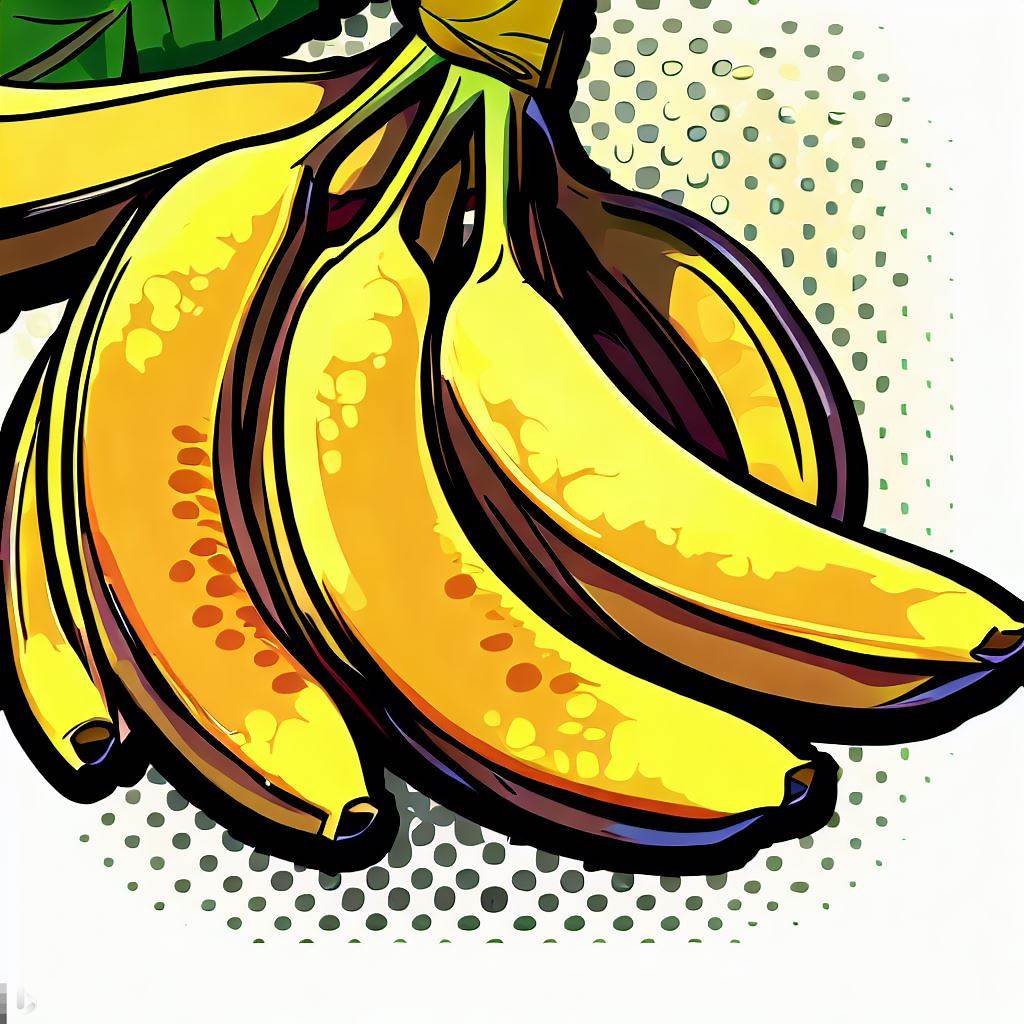Estimated reading time: 3 mins
Introduction
The ketogenic or keto diet has become a global sensation among health enthusiasts, rapidly gaining attention for its touted benefits, including weight loss, improved cognitive function, and possible benefits in managing some health conditions like diabetes and epilepsy. The diet focuses on high fat, moderate protein, and very low carbohydrate intake. This nutritional shift forces your body to burn fat rather than carbohydrates, a state known as ketosis. However, not all ‘low-carb’ or ‘healthy’ foods are suitable for the keto diet. Misunderstandings about food categorizations can be a common pitfall. Let’s delve into some foods you might think are keto-friendly, but in reality, they can kick you out of ketosis.
- Certain Dairy Products
While most people on the keto diet enjoy cheese and cream because of their high-fat content, not all dairy products fit into the keto guidelines. Milk, even full-fat varieties, is high in lactose, a form of sugar. A single cup of whole milk contains 12 grams of carbohydrates, which is almost the entire daily limit for some strict keto dieters. Similarly, yogurt, especially the flavored varieties, often contains added sugars, negating its potential benefits.
- ‘Low-Carb’ Processed Foods
Many foods in the market are labeled ‘low-carb’ or ‘zero sugar’, leading many to believe they are keto-friendly. Unfortunately, these products often contain hidden carbs and sugars. The culprits include sugar alcohols or other sweeteners that may affect blood sugar levels and, therefore, disrupt ketosis. Moreover, these processed foods often contain artificial additives and minimal nutritional value. Always read labels carefully and aim for whole, unprocessed foods where possible.

- Legumes and Beans
Rich in fiber and protein, legumes and beans are a healthy staple in many diets. However, they are not suitable for keto due to their high carbohydrate content. A single cup of cooked lentils contains 40 grams of carbs, and the same quantity of chickpeas contains around 45 grams. Although legumes and beans have a low glycemic index because of their fiber content, their high carb content makes them inappropriate for keto.
- Starchy and Some Non-Starchy Vegetables
Vegetables are essential in any diet for their vitamins, minerals, and fiber content. However, on a keto diet, you should be mindful of your choices. Starchy vegetables such as potatoes, sweet potatoes, and corn are high in carbs and not suitable for the keto diet. Moreover, even some non-starchy vegetables like Brussels sprouts, carrots, and peas can add up the carbs if not portioned correctly. Stick to leafy greens and other low-carb veggies for a true keto diet.
- Certain Fruits
Fruits are often thought of as a healthy snack, but when it comes to the keto diet, many fruits are off-limits due to their sugar content. Bananas, apples, grapes, mangoes, and pineapples are all high in carbs. While berries are generally acceptable because of their lower net carb content, they must be consumed in moderation.


- Nuts and Seeds
Though many nuts and seeds are considered keto-friendly due to their high-fat and moderate protein content, not all make the cut. Cashews, for example, are higher in carbs compared to other nuts, with about 9 grams of carbs per ounce. The same goes for chia and flaxseeds, which are often touted for their health benefits but can be surprisingly high in carbs. Always check the nutritional content and remember portion control.
- Quinoa, Brown Rice, and Whole Grains
Quinoa, brown rice, and whole grains are celebrated as healthy, nutrient-rich carb sources. But, on a keto diet, these foods are too high in carbohydrates. A cup of cooked quinoa contains around 39 grams of carbs, which is well beyond what the keto diet permits.
Conclusion
The keto diet can offer substantial health benefits, but its success relies on a clear understanding of what foods fit into the low-carb, high-fat regimen. While this diet may seem restrictive, many nutritious foods can be enjoyed on a keto diet, including a wide array of meats, fatty fish, eggs, avocados, and certain nuts and seeds. In essence, navigating the keto landscape requires education, attention to nutritional labels, and mindfulness of the quality of foods consumed, ensuring your path towards health remains clear and sustainable.
